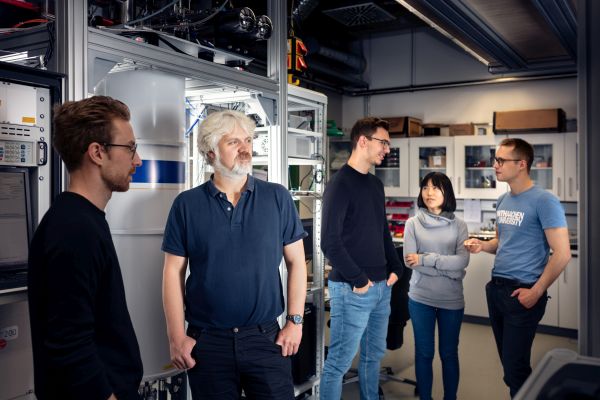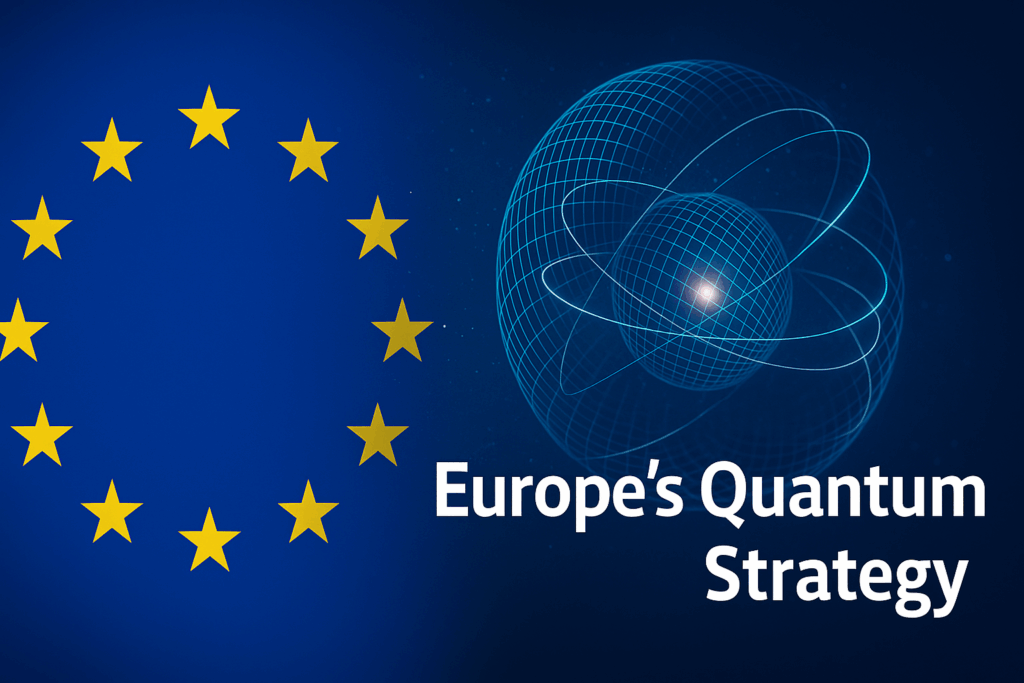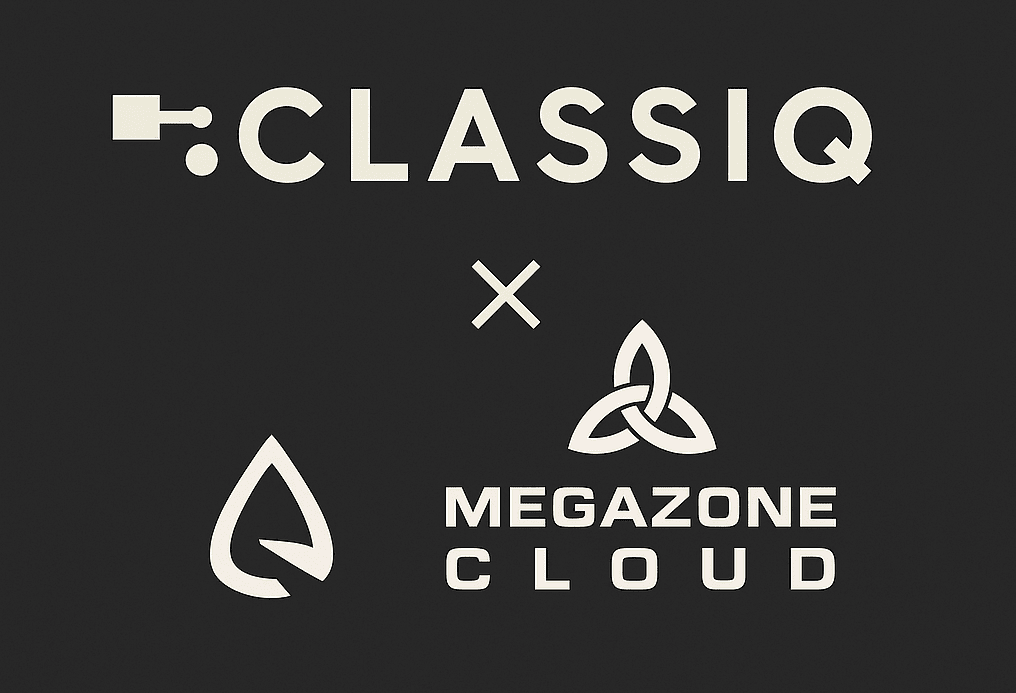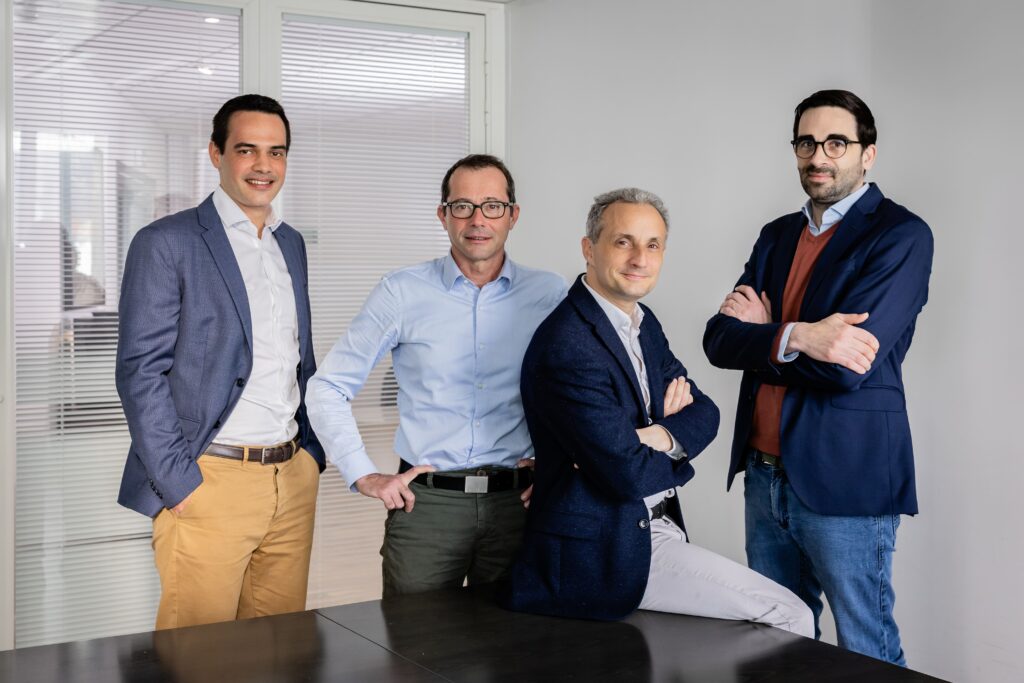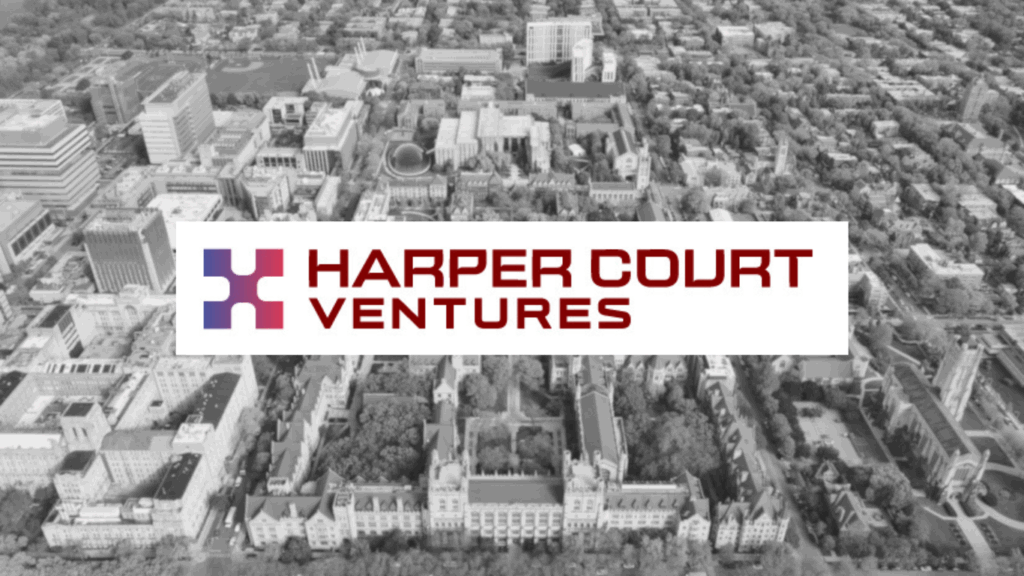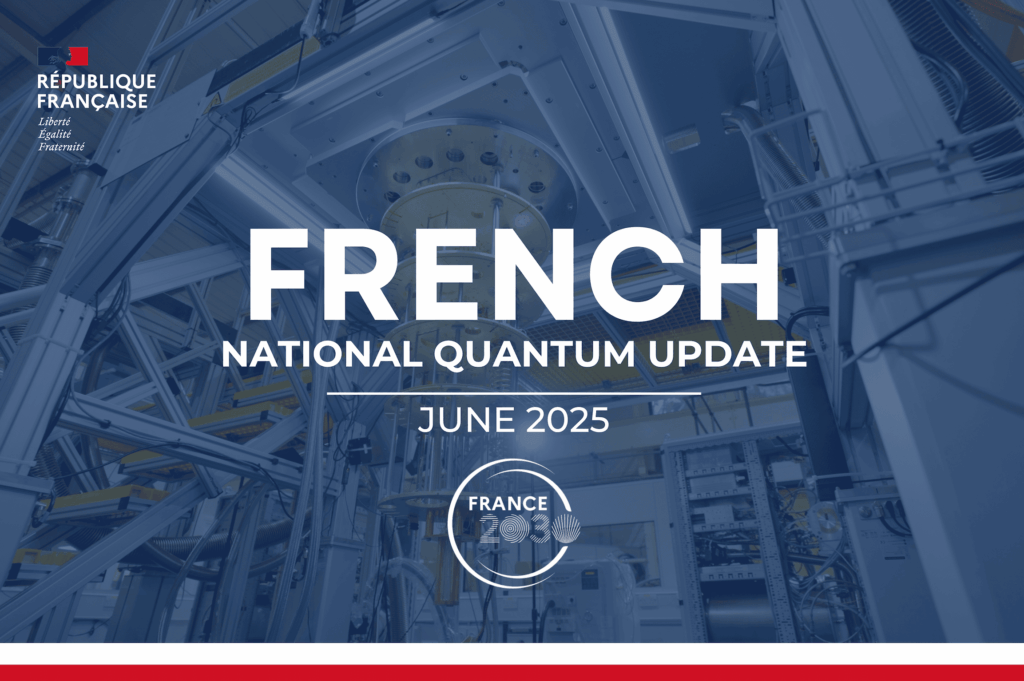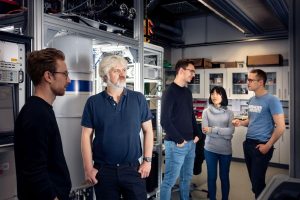
The race for the quantum computer is in full swing. Germany has long been a world leader in basic research. A merger between Forschungszentrum Jülich and the semiconductor manufacturer Infineon now wants the results together with institutes of the Fraunhofer Society (IAF, IPMS), the Leibniz Association (IHP, IKZ), the universities in Regensburg and Konstanz and the quantum startup HQS put into practice. The aim is a semiconductor quantum processor “Made in Germany”, which is based on the “shuttling” of electrons and is to be realized with technology available in Germany.
Quantum computers have the potential to far outperform conventional supercomputers in certain problems. For example, when it comes to controlling traffic flows in metropolises or simulating materials at the atomic level. But it is still unclear which approach will win the race for the quantum computer. Experiments with superconducting qubits – these are the names of the smallest units in a quantum computer – are currently the most advanced. Google’s quantum chips and the experimental quantum computer in the European quantum flagship project, which is due to go into operation at Forschungszentrum Jülich this year, are based on them. But when it comes to large numbers of qubits, semiconductor qubits may have the edge.
“In Jülich we are investigating both qubit types, semiconductors and superconductors. There are strong synergy effects, for example, in the development of quantum software, component development and their integration into experimental computer architectures,” said Wolfgang Marquardt, CEO of Forschungszentrum Jülich. “In the long term, we want to create a freely accessible quantum computer for science in Jülich. The QUASAR project is an important step for this endeavor – in combination with our other activities, for example in the European quantum flagship or in research into quantum materials. ”
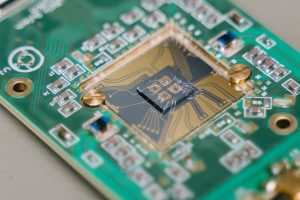
(Image: Jülich Aachen Research Alliance (JARA)
Electron spin qubits in silicon are a very promising system for semiconductor qubits because they have comparatively stable quantum properties and are much smaller in structure than superconducting quantum bits.

“A big plus point is that manufacturing is largely compatible with the production of silicon processors. That means that in principle there is already a lot of experience with the manufacturing processes,” explained project manager Hendrik Bluhm, director at the JARA Institute for Quantum Information at Forschungszentrum Jülich. For example, at Infineon in Dresden: the German semiconductor manufacturer is a model with its production lines in the project to investigate the possibility of adapting the component design for industrial production.
“For a scalable architecture, on the other hand, we need more space on the quantum chip, for example for supply lines and control electronics.”
“There are still fundamental questions to be answered. Up until now, quantum chips could not be scaled up as easily as classic computer chips. Geometric constraints were a problem. The qubits usually have to be very close together in order to couple them together. So far, semiconductor qubits have therefore primarily been demonstrated in components that have no more than two closely coupled qubits. For a scalable architecture, on the other hand, we need more space on the quantum chip, for example for supply lines and control electronics,” said Bluhm.
In order to increase the distances, the researchers of the JARA cooperation of the Jülich Research Center and RWTH Aachen University have developed a so-called quantum bus together with other research partners. These are special connecting elements that make it possible to efficiently bridge distances of up to 10 micrometers between the individual qubits. In silicon qubits, the quantum information is encoded by the spin of electrons that are located in so-called quantum dots – special semiconductor structures in the nano range. The quantum bus enables the electrons to be captured on the quantum dots and transported in a controlled manner without the quantum information being lost.
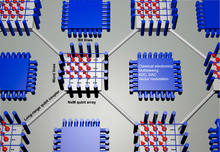
From the laboratory to production
The exchange of electrons is also known as “shuttling”. Test structures in the laboratory are already delivering promising results. Now the Jülich researchers want to adapt the component design to industrial manufacturing processes. To this end, they have joined forces in the QUASAR project with Infineon Dresden, the startup HQS, which specializes in quantum mechanical material simulations, institutes of the Fraunhofer Society (IAF, IPMS), the Leibniz Association (IHP, IKZ) and the universities in Regensburg and Konstanz.
“One of the challenges here is the required degree of purity, which for this application is much higher than for the manufacture of conventional computer chips,” said Bluhm. “Another open point is the miniaturization of the control systems on the chip. In principle, however, we see great potential for complex circuits in this approach. Millions of qubits are realistic. ”
The QUASAR project will run until January 2025. The next step is the construction of a demonstrator with around 25 coupled qubits, which will be implemented in a follow-up project and integrated into the modular HPC environment of the Jülich Supercomputing Center via the “Jülich User Infrastructure for Quantum Computing” (JUNIQ) with cloud access.
Further quantum projects started
In addition to the QUASAR project, Forschungszentrum Jülich is participating in other quantum technology projects that have started in recent weeks and months. In the new QLSI project of the European quantum flagship , which started in September 2020, Forschungszentrum Jülich is working with partners in the QUASAR project and other European institutions to complement QUASAR with an industry-compatible technology for semiconductor qubits, which will be demonstrated using a demonstrator with 16 quantum dots should. The QLSI project is coordinated by the French CEA-Leti. Infineon, the Fraunhofer Institutes IAF and IPMS as well as the Leibniz Institute for Innovative Microelectronics and the University of Konstanz are also involved in QLSI.
Together with other German research institutions and universities as well as Infineon, Forschungszentrum Jülich is involved in the GeQCoS joint project in the development of an improved quantum processor based on superconducting qubits. The project, funded by the BMBF with 14.5 million euros, started in February 2021 and is coordinated by the Walther Meißner Institute of the Bavarian Academy of Sciences. Other partners in the project include the Karlsruhe Institute of Technology, the Friedrich-Alexander University Erlangen Nuremberg, the Technical University of Munich and the Fraunhofer Institute for Applied Solid State Physics.
The joint project DAQC brings together startups and companies with research institutions and data centers. The aim is to manufacture and operate a digital-analog quantum computer as well as the associated calibration and control technology. The project, funded by the BMBF with 12.4 million euros, also started in February 2021 and is coordinated by the quantum startup IQM Germany GmbH. In addition to Forschungszentrum Jülich, Infineon and the startup Parity Quantum Computers from Austria as well as the Leibniz Computing Center and Free University of Berlin are also involved in the project.
Courtesy Forschungszentrum Jülich.
If you found this article to be informative, you can explore more current quantum news here, exclusives, interviews, and podcasts.

